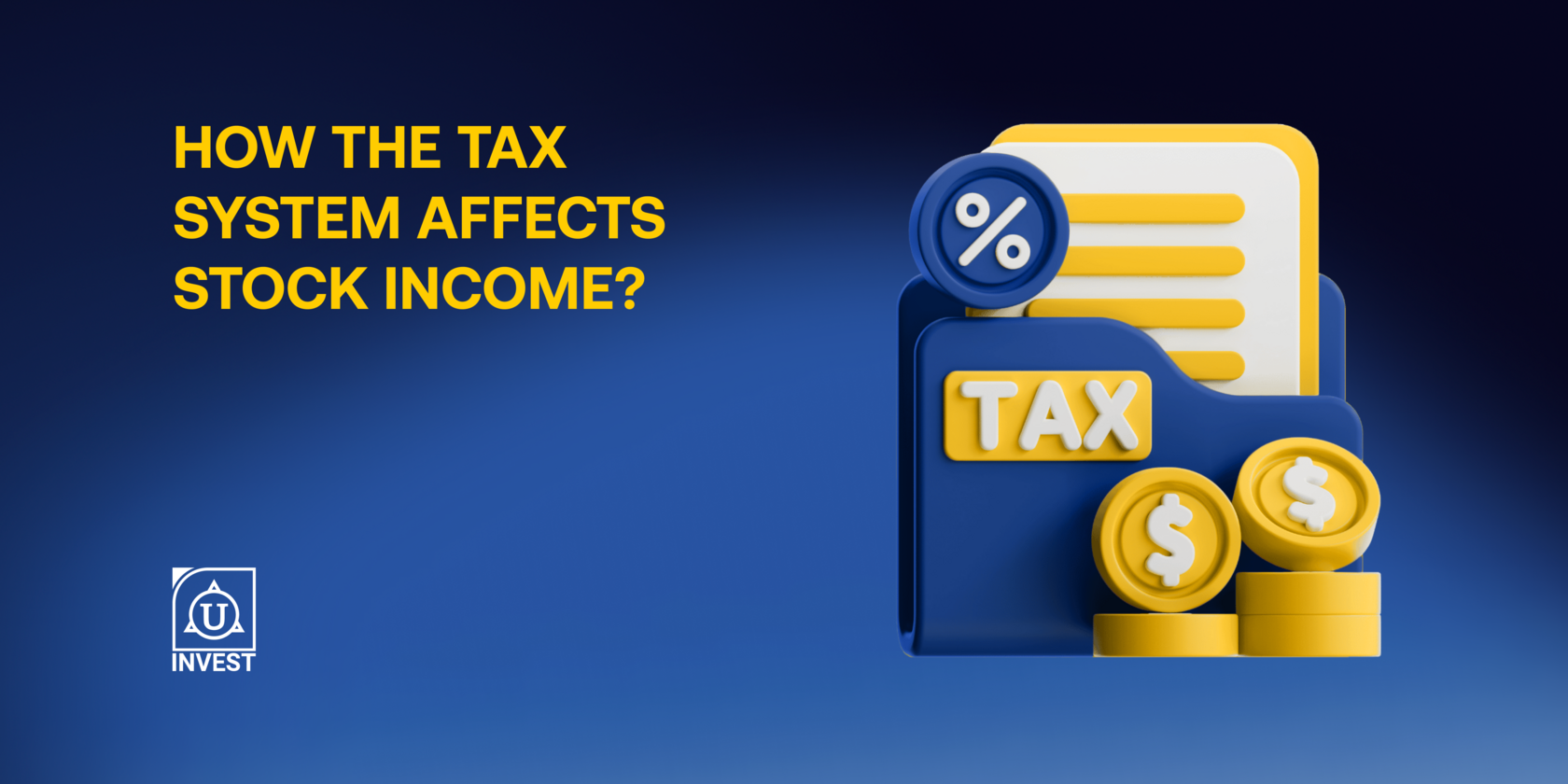Stock income is a crucial component of many investors’ portfolios. This type of income includes dividends, capital gains, and other profits from owning stocks. However, the taxation of this income plays a critical role, as it determines the actual amount investors receive after taxes. It is essential to understand how the tax system influences stock returns to effectively plan investments and minimize tax losses.
Main Types of Taxes on Stock Income
Investing in stocks comes with several types of tax obligations, which vary depending on the type of income and the holding period. The most common taxes include capital gains taxes, dividend taxes, and personal income taxes. Let’s explore each of these in detail, with a focus on the U.S. tax system.
Capital Gains Tax (Short-Term and Long-Term)
Capital gains represent the profit earned from selling an asset at a higher price than its purchase cost. In most countries, including the U.S., this profit is taxable. However, the tax rate depends on how long the asset has been held:
- Short-Term Capital Gains. These arise when stocks are sold within one year of purchase. In the U.S., short-term capital gains are taxed as ordinary income. This means the tax rate can range from 10% to 37%, depending on the taxpayer’s overall income.

- Long-Term Capital Gains. If the stocks are held for more than one year, the profit is taxed at a lower rate. In the U.S., long-term capital gains tax rates are 0%, 15%, or 20%, based on the investor’s total income. For instance:
- Most U.S. taxpayers fall under the 15% bracket.
- High earners with incomes above $445,850 (for single filers in 2024) pay the maximum 20%.
This makes long-term investing significantly more tax-efficient compared to short-term trading.
Dividend Taxes (Qualified and Non-Qualified Dividends)
Dividends are periodic payments companies make to their shareholders from their profits. Tax rates on dividends depend on their classification:
- Qualified Dividends. These are taxed at the same reduced rates as long-term capital gains (0%, 15%, or 20%). For dividends to qualify, investors must meet certain criteria, such as a minimum holding period of 60 days within a 121-day window around the dividend declaration date. The company paying the dividends must be a U.S. corporation or a foreign corporation in a country with a tax treaty with the U.S.
- Non-Qualified Dividends. Also known as ordinary dividends, these are taxed at regular income tax rates, which can be as high as 37% for high-income earners.
Understanding the difference between these two types of dividends is crucial for effective tax planning.
Other Applicable Taxes
In addition to capital gains and dividend taxes, general income taxes also apply in the U.S. The progressive income tax system means that as a taxpayer’s income increases, so does the applicable tax rate. Stock-related income, such as dividends or gains, contributes to total taxable income.

The Tax System's Impact on Stock Returns
Taxes on stock income can significantly reduce an investor's net returns. For example:
- Capital Gains. Suppose an investor buys a stock for $100 and sells it two years later for $200, generating a $100 capital gain.
- If this is a long-term gain, the tax rate will likely be 15%, resulting in a tax of $15.
- If the stock is sold after only 10 months, the gain is taxed as short-term, with a higher tax rate of around 24% for middle-income taxpayers. This would increase the tax obligation to $24.
- Dividends. Assume a company pays a dividend of $5 per share:
- If the dividend is qualified, the tax rate would be 15%, resulting in a tax of $0.75 per share.
- For non-qualified dividends, the tax could be up to 37%, or $1.85 per share.
These examples highlight the importance of understanding how taxes influence the profitability of investments.
International Comparison
Compared to other countries, the U.S. tax system is relatively less favorable for investors. For example, in Armenia, taxes on capital gains and dividends are substantially lower, making it a more attractive environment for long-term investors.
Tax Incentives and Benefits for Investors
To encourage investment and economic growth, governments often introduce tax benefits and incentives for investors.
Individual Retirement Accounts (IRA) and 401(k)
In the U.S., tax-advantaged accounts such as IRAs and 401(k)s allow investors to grow their capital without immediate taxation on dividends or capital gains:
- Traditional IRA. Contributions are tax-deductible, and taxes are deferred until withdrawals are made during retirement.
- Roth IRA. Contributions are made with after-tax income, but future withdrawals (including gains) are tax-free, provided certain conditions are met.
These accounts enable investors to maximize capital growth over time while minimizing tax exposure.
Tax Incentives for Long-Term Holding
Lower tax rates for long-term capital gains encourage investors to hold their assets longer, reducing tax liabilities and improving net returns.

Tax Strategies to Minimize Burden
To optimize after-tax returns, investors can adopt the following strategies:
1. Hold Investments Long-Term. Stocks held for more than one year qualify for lower capital gains tax rates, enhancing overall returns.
2. Use Tax-Advantaged Accounts. Utilizing IRAs or 401(k)s defers or eliminates taxes on dividends and gains, providing significant savings.
3. Reinvest Dividends. Instead of taking dividends in cash, investors can reinvest them in additional shares, deferring tax payments and compounding capital growth.
Conclusion
The tax system has a profound impact on stock returns. By understanding the tax implications of capital gains, dividends, and other income, investors can strategically manage their portfolios. Utilizing tax-advantaged accounts, holding assets long-term, and reinvesting income are effective ways to minimize tax liabilities and maximize wealth growth over time.
